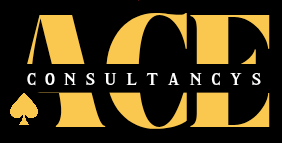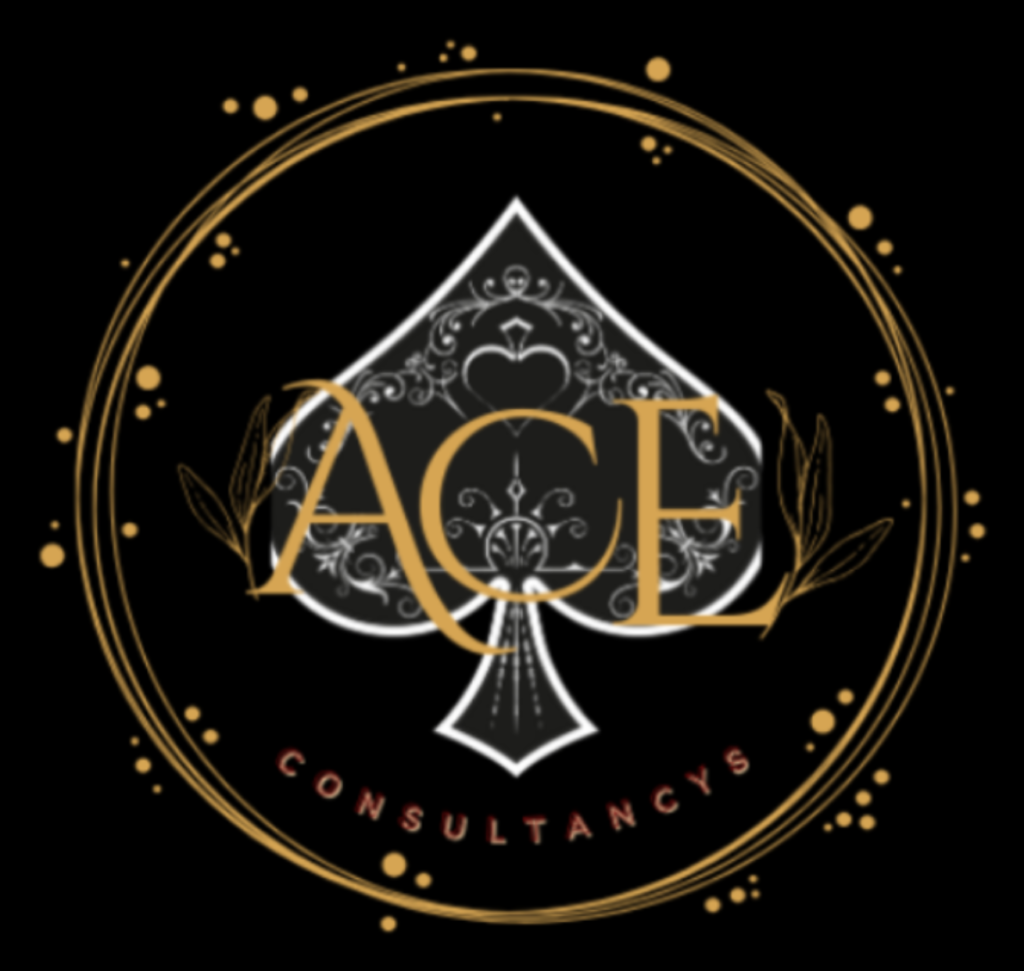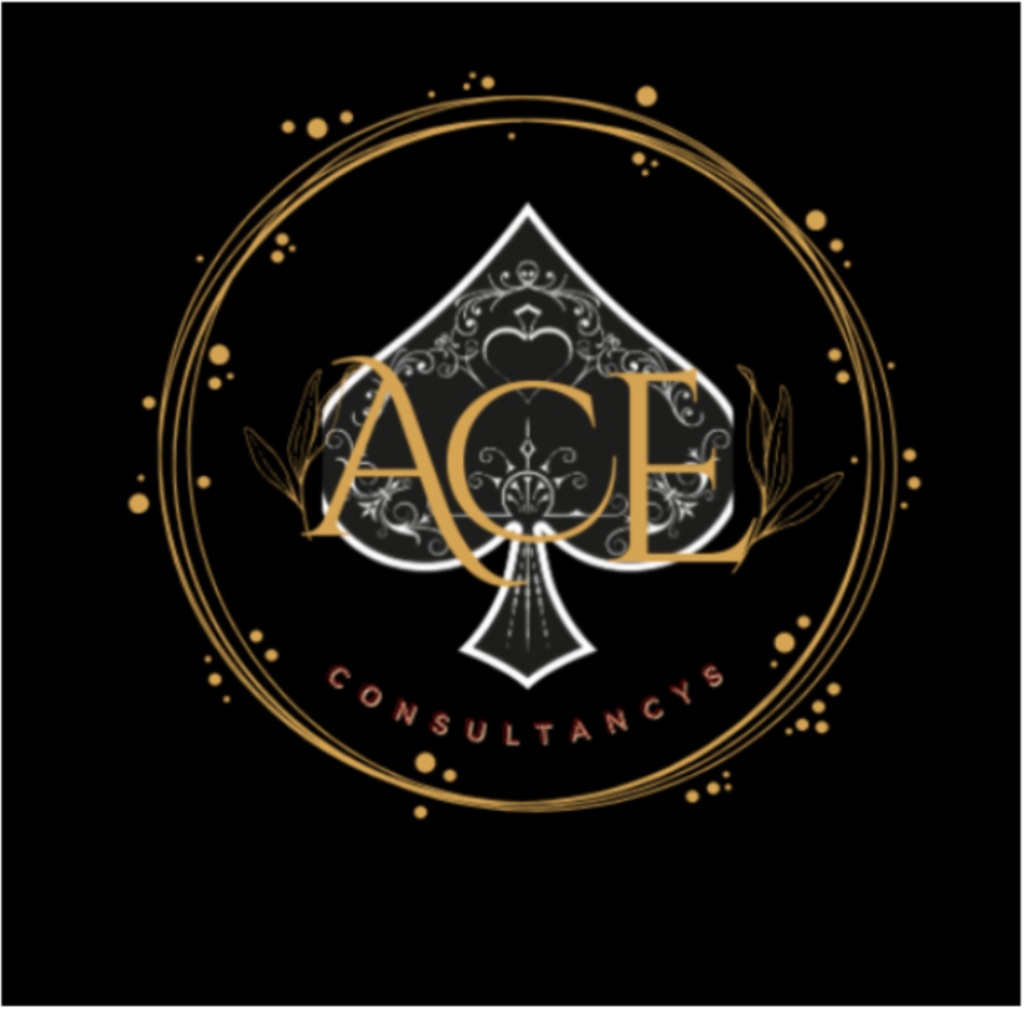Introduction
In today’s competitive business landscape, outbound calling remains a powerful tool for generating leads, closing sales, and building customer relationships. However, the effectiveness of these calls hinges significantly on having well-crafted outbound calling scripts that guide conversations while allowing for authentic engagement. Research shows that properly structured scripts can increase conversion rates by up to 25% compared to improvised approaches. This article explores the essential elements of successful outbound calling scripts and provides actionable frameworks that can transform your calling campaigns.
The Science Behind Effective Outbound Calling Scripts
The psychology of persuasion plays a crucial role in outbound calling success. According to a study by Salesforce, sales representatives who follow a structured script are 28% more likely to book meetings than those who don’t. This isn’t surprising when you consider that well-designed outbound calling scripts help representatives navigate objections, highlight value propositions, and maintain control of conversations.
The key is finding the balance between structure and flexibility. Scripts should serve as roadmaps rather than rigid dialogue that sounds robotic or insincere. In fact, research from Gong.io reveals that top-performing sales calls typically consist of a 43:57 talk-to-listen ratio, emphasizing the importance of incorporating listening opportunities within your scripts.
Essential Components of High-Converting Outbound Calling Scripts
Every successful outbound calling script contains several critical elements that work together to create meaningful conversations. First and foremost is a compelling introduction that quickly establishes credibility and captures attention. According to HubSpot research, you have approximately 8 seconds to make a positive first impression on a call, which highlights why your opening lines must be meticulously crafted.
Following the introduction, effective outbound calling scripts typically include a clear purpose statement, value proposition, qualifying questions, objection handling prompts, and a strong call-to-action. The script should also incorporate strategic pauses that allow prospects to respond and engage, creating a two-way dialogue rather than a one-sided pitch.
The language used throughout your script matters tremendously. The Rain Group found that using collaborative language such as “we” instead of “I” or “you” increases success rates by 35% in complex selling situations. This underscores the importance of framing your outbound calling scripts in terms of partnership and mutual benefit rather than pushy sales tactics.
Tailoring Scripts for Different Industries and Purposes
The most effective outbound calling scripts are those customized for specific industries, buyer personas, and call objectives. A script designed for B2B technology sales will differ substantially from one created for healthcare service appointments or financial product offerings. Research by CSO Insights demonstrates that sales teams using industry-specific scripts achieve 17.9% higher quota attainment than those using generic templates.
For prospecting calls, scripts should focus on establishing value quickly and securing a follow-up appointment rather than closing a sale. According to InsideSales.com data, the optimal prospecting call length is between 5-10 minutes, with success rates dropping significantly for calls that exceed this timeframe. Your outbound calling scripts should therefore be concise while hitting all key points that motivate action.
For customer retention or upselling scenarios, scripts benefit from references to the existing relationship and specific pain points that your additional products or services can address. A study published in the Journal of Marketing found that retention calls that referenced previous positive experiences increased success rates by 23%, highlighting the importance of incorporating relationship history into your scripts.
Handling Objections with Strategic Scripting
Perhaps the most valuable aspect of well-designed outbound calling scripts is their ability to prepare representatives for common objections. Research from Salesforce indicates that 80% of sales require at least five follow-ups after initial contact, yet 44% of salespeople give up after just one rejection. Proper objection-handling segments within your scripts can dramatically improve persistence and success rates.
The most effective approach to scripting objection responses follows a simple framework: acknowledge, respond with evidence, and redirect to value. According to Rain Group, this approach increases objection resolution success by 31% compared to defensive or dismissive responses. Your outbound calling scripts should include specific language for addressing the top 5-7 objections your team commonly encounters.
Price objections, in particular, benefit from careful scripting. When representatives follow a script that reframes price discussions around value and ROI rather than cost alone, conversion rates increase by 19% according to data from the RAIN Group. This demonstrates why outbound calling scripts should include multiple approaches to discussing financial considerations.
Measuring and Optimizing Your Scripts
The development of outbound calling scripts should be an iterative process based on performance data. Call recording and analysis tools can help identify which script elements perform well and which need refinement. Gong.io research indicates that sales teams that regularly analyze and refine their scripts see an average performance improvement of 29% over time.
A/B testing different script variations is also crucial for optimization. Even small changes to opening lines, value propositions, or closing techniques can yield significant improvements in outcomes. According to Chorus.ai, top-performing sales teams test at least three script variations before selecting the highest performer, and continue testing new alternatives quarterly.
Conclusion
As we move forward in an increasingly digital sales environment, outbound calling scripts continue to evolve. The integration of AI-assisted prompts, real-time customer data, and dynamic script adjustments based on prospect responses represent the next frontier in this field. However, the fundamental principles of effective outbound calling scripts remain constant: they must build rapport, communicate value, address concerns, and motivate action.
For businesses serious about improving their sales results, investing time in developing, testing, and refining outbound calling scripts is essential. By implementing the strategies outlined in this article, your team can transform routine calls into powerful conversion opportunities that drive measurable business growth.
What has been your experience with outbound calling scripts? We’d love to hear your feedback about this article in the comments below. If you found these insights valuable, please consider sharing this article with your network on LinkedIn, Twitter, or other social media platforms to help fellow sales professionals improve their calling strategies.
FAQ
How long should an outbound calling script be?
A: Effective outbound calling scripts typically run 1-2 pages (300-500 words), providing enough structure while allowing flexibility. The ideal script includes key talking points rather than word-for-word dialogue.
Q: Should new sales representatives memorize scripts?
A: Rather than memorizing, new representatives should internalize the flow and key messages. Understanding the script’s purpose and practicing delivery will create more natural conversations than strict memorization.
Q: How often should outbound calling scripts be updated?
A: Review and refine scripts quarterly based on performance data and feedback. Additionally, update immediately when product offerings change or new objections consistently arise.
Q: Can the same script work for cold calls and warm leads?
A: No, these require different approaches. Cold call scripts need stronger attention-grabbers and credibility-builders, while warm lead scripts should reference the existing relationship and prior interactions.
Read More : https://aceconsultancys.com/art-of-authentic-cold-calling/










